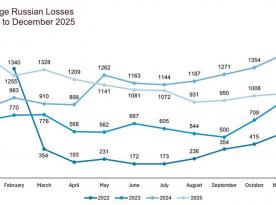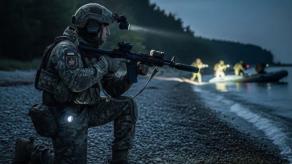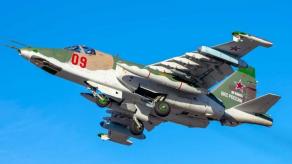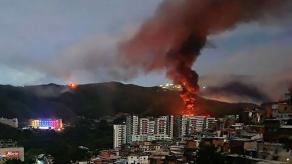The MiG-31 is one of the most potent aircraft in the russian air force and particularly threatening to the Ukrainian Defense Forces. This includes the MiG-31K, a carrier of Kh-47 Kinzhal air-launched ballistic missiles, and the MiG-31BM, an interceptor capable of using R-37M air-to-air missiles with a confirmed range of about 200 kilometers.
Moreover, the MiG-31 is also one of russia's most produced aircraft. According to The Military Balance 2024, the Aerospace Forces (VKS) of russia possess 88 MiG-31BM and an estimated 24 MiG-31K interceptors (up from 12 units est. in 2023), with another 30 MiG-31BMs belonging to naval aviation, making a total of 132 to 142 aircraft. However, this figure does not account for losses caused by accidents and combat against Ukraine since the beginning of 2024.
Read more: It Became Known How Many Su-34 Aircraft russia Produces
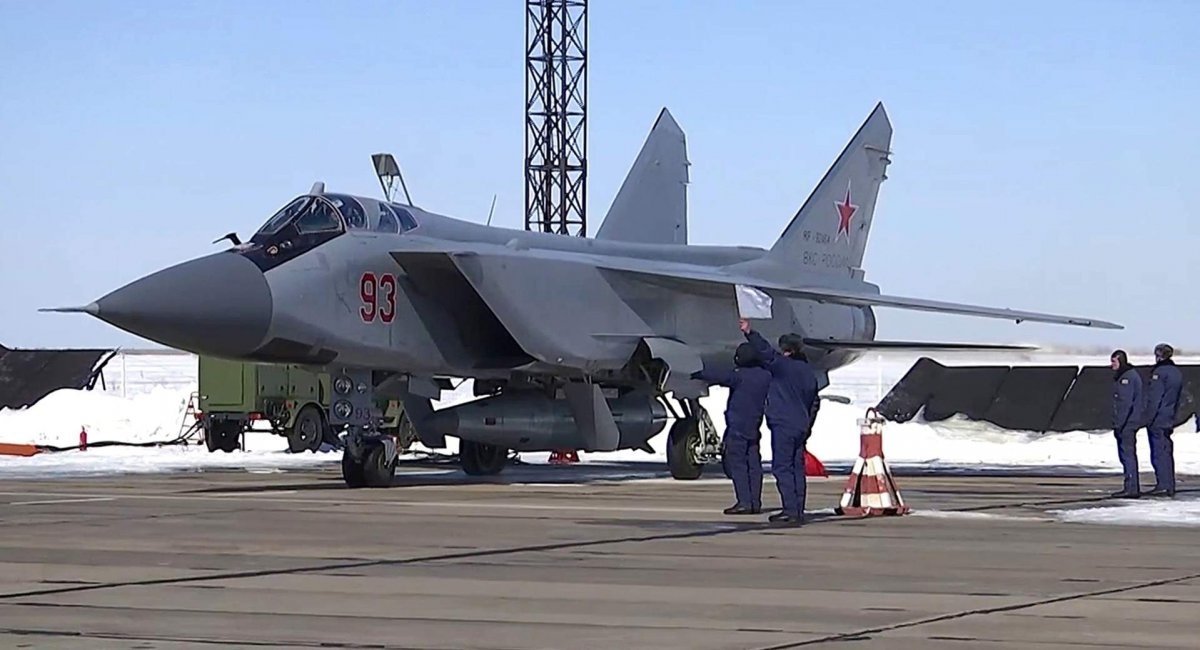
Fleet Down 3.5 Times in 30 Years
While the number of about 140 aircraft is significant, it is important to consider that the total production of MiG-31s in all modifications from 1975 to 1994 amounted to 519 units (and the MiG-31K was created by converting the base model).
Additionally, about 30 to 50 MiG-31s were transferred to Kazakhstan, the only foreign user of this type of aircraft (likely all retired from service by now).
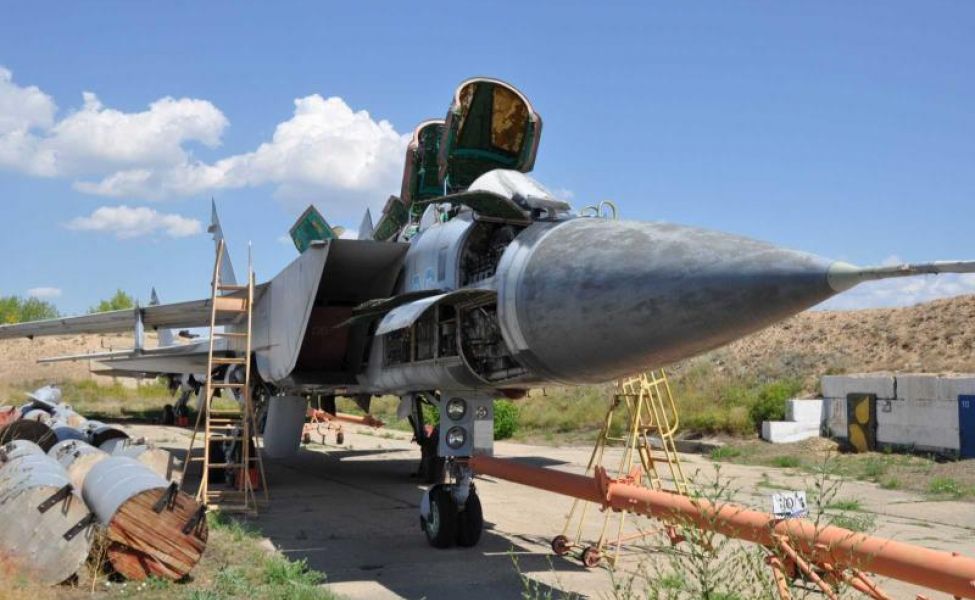
Considering the starting number of approximately 500 units, the available fleet of MiG-31s in russia has decreased almost fourfold over the past 30 years, with no new aircraft of this type being manufactured in the meantime, not even now. The reduction can be logically attributed to the service life, with MiG-31 production starting in 1975 and official operation beginning in 1984.
However, another critical factor is the russian military's negligence, which has shortened the service life and degraded the operational readiness of the MiG-31. Despite being hailed as "air defense Spetsnaz" (special forces), the level of maintenance of these aircraft did not live up to this name.

Real and Ideal in the Far North
Specifically, an interview published by a russian media outlet with an aircraft technician who served in a MiG-31 air regiment from 1987–1993 in Amderma, in the Far North of russia, sheds more light on this matter.
The aircraft fleet in this operational area should, in theory, repel attacks by US strategic bombers and hunt for NATO reconnaissance aircraft, implying full infrastructure readiness for the MiG-31, according to all military norms and concepts. However, the interview reveals a vast rift between ideals and reality.
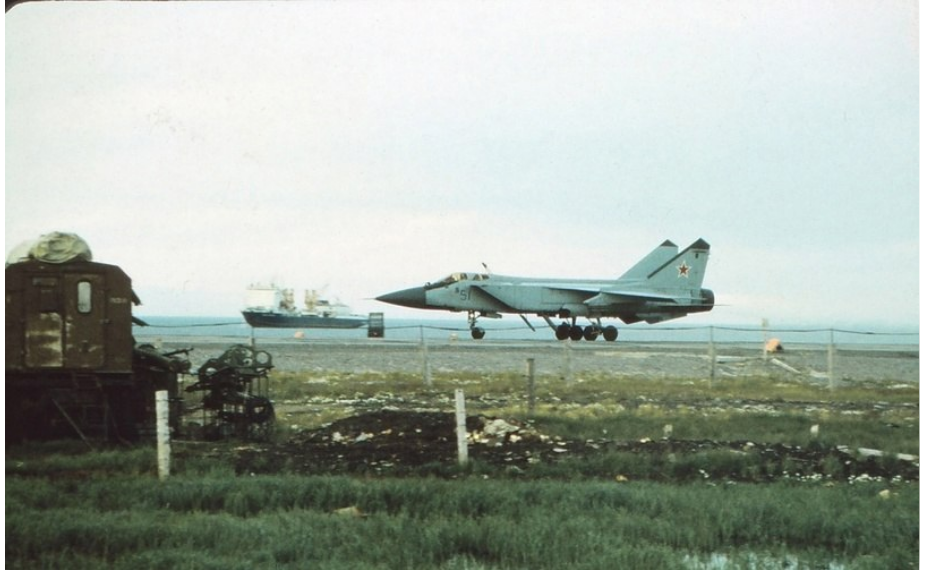
For example, the airport in Amderma had no aircraft shelters to protect the equipment from adverse weather. The technician explains that the MiG-31 deals with colder temperatures at high altitudes than on the ground anyway, so shelters were deemed unnecessary. In cases of equipment breakdowns, issues were written off as manufacturing defects, and the affected jet was sent back to the factory for repairs.
Particularly interesting is how he compared the MiG-31 to its predecessor, the Tu-128, saying, "The difference is like between a calculator and an arithmometer."

Technicians to take care of MiG-31s were often conscripted servicemen, and if a recruit struggled with providing service, it's not the complexity of technology that was seen as the root of the problem but rather this person's poor cognitive abilities.
The finale of this story was predictable: in 1993, the air base in Amderma was disbanded, and some of the remaining aircraft were transferred to Kotlas in the Arkhangelsk Region.
Read more: "Helicopter Technician Told russian Media the Nuances of Working With Mi-28"
Instead of Conclusions
It might seem that infrastructure issues were unique to the barren Far North, but this was not the case. In one of our previous articles, Defense Express mentioned that MiG-31 aircraft used the Savasleyka airfield as a permanent deployment base since the 1990s (with a retraining center there).
Construction of shelters and other vital infrastructure at Savasleyka began only in 2021 when the airbase was preparing to host the 44th long-range aviation regiment equipped with new MiG-31K aircraft. Now stationed there, the MiG-31Ks pose a looming threat to Ukraine of a strike with Kh-47 Kinzhal missiles.
All of the above illustrates how a discrepancy between ideals and reality can arise in the operation of complex aircraft. It also underscores the importance of not skimping on the construction of airfield infrastructure, particularly protected shelters.
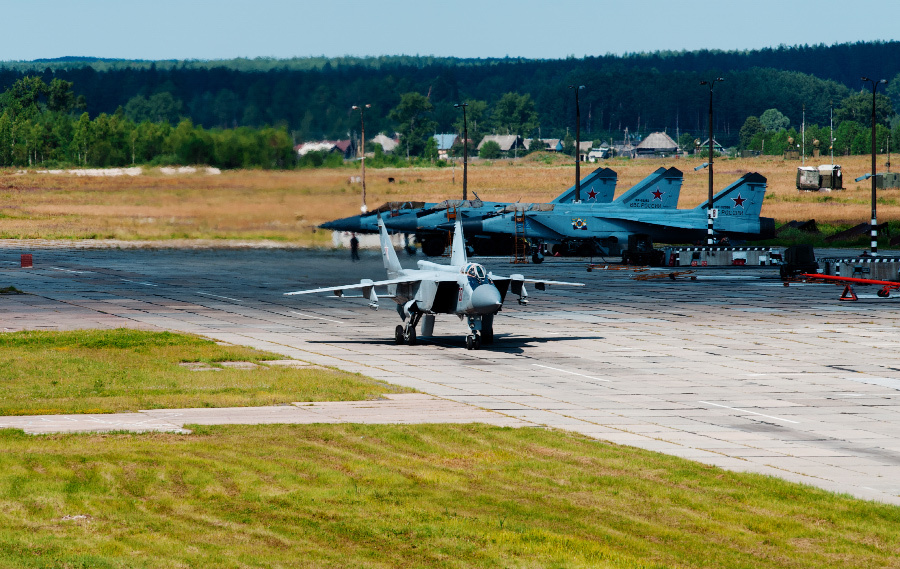
Read more: Not a Single russia’s Kinzhal Missile has Reached Ukraine’s Capital Since May 2023 Due to American Patriot SAM System







